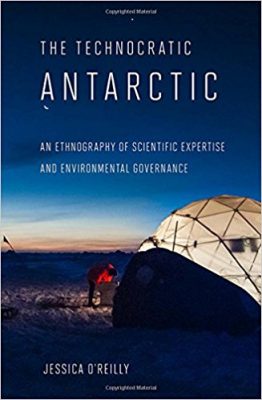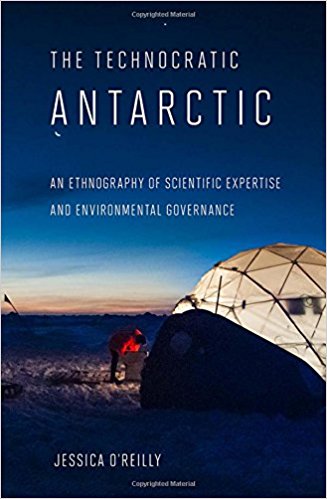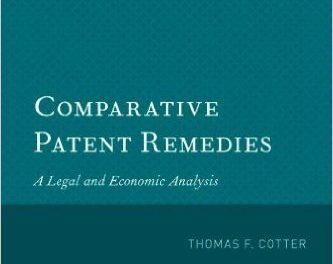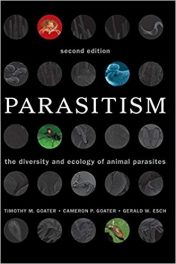 Author: Jessica O’Reilly
Author: Jessica O’Reilly
Publisher: Cornell University Press – 207 pages
Book Review by: Deekay Daulat
From largest in size to smallest, these are the seven continents on Earth: Asia, Africa, North America, South America, Antarctica, Europe, and Oceania. School teachers in some countries teach the six-continent model, with Europe and Asia considered as a single one named Eurasia. The total land area on Earth is about 58 million square miles, as indicated in a July 2015 report of the United Nations’ Department of Economic and Social Affairs.
Asia is the largest continent with 16.9 million square miles, followed by Africa with a landmass of 11.7 million square miles. The two continents together constitute 49.9 percent of the total landmass of the Earth. Asia’s population is 4.48 billion, and Africa is home to 1.25 billion people. These two continents house 5.73 billion people, or more than 76 percent of the 7.497 billion people on our planet.
These are followed by North America with 9.46 million square miles and 363 million people; South America with 6.89 million square miles and 648 million people; Antarctica with 5.3 million square miles and just 4,490 people; Europe with 3.93 million square miles and 740 million people; and Oceania (Australia and other areas) with 3.48 million square miles and 40 million people.
These population numbers are as of today – April 11, 2017 – according to this dynamic, interactive website: www.WorldOMeters.info, which puts today’s total world population at nearly 7.5 billion, having grown by 380,000+ more people in the last nearly 24 hours. This works out to a daily average population growth of about 388,000 people.
Much is known about the geology, geographies and climates of six of our seven landmasses, but very, very little about Antarctica. The author of this book Jessica O’Reilly fills that very important knowledge gap. Her book provides 200+ pages of very valuable, accumulated knowledge, and unusual insight based on her more than 10 years of fieldwork in Antarctica, the southernmost and least-known large landmass on the globe.
She lays out her firsthand information in seven chapters sandwiched between an eye-opening Introduction and an exciting summary of new knowledge in her Conclusion. It is about cutting-edge work being done on climate change. Such work answers long-held questions, and adds to our limited knowledge and understanding of many phenomena, such as for example how massive amounts of ice are formed and why and how they melt. Such knowledge is critical to our survival. Below is an overview of the contents of this book:
Introduction
- The Imagined Antarctic
- The Environment of the Antarctic
- Sensing the Ice
- Samples and Specimens at Antarctic Biosecurity Borders
- \Managing Antarctic Science in an Epistemic Technocracy
- Tectonic Time and Sacred Geographies in the Larsermann Hills
- Charismatic Data and Climate Change
Conclusion: The Technocratic Governance of Nature
Jessica O’Reilly describes Antarctica as a ‘geographic frontier’ where “: the territorial and nationalistic work of Antarctic governance fuses with the apparently disinterested work of scientific research. The Antarctic represents a frontier that can be claimed as a knowledge frontier that offers the potential of expanding scientific understandings of the world.”
A shared sense of anticipation and the thrills of discovery among scientists from different countries – through experimentation and observation of new scientific phenomena – permeates this international community of new explorers.
This is definitely not like the frontiers we studied about in history where pioneers claimed land, became farmers, livestock breeders, and traders, raised families, built roads, and eventually developed cities. This new frontier in Antarctica consists of participants who view the continent as an environmental “last wilderness” where a policy-making culture supports international cooperation in the pursuit of research.
While the activity the scientists from different nations pursue is primarily focused on research and discovery, they are also aware of governmental and public policies in their respective countries. The author points out: “the people who visit and work in Antarctica are experts who are knowledgeable about the policy decisions their nations agree to, and enact these policy decisions.”
This is a pioneering work of discovery, field research, and information-gathering right on and about the world’s last frontier: Antarctica, about which little is known. It is an outstanding example of how people with curious and open minds can work together for everyone’s benefit. This is especially important in today’s age of conflict. The best of humanity is displayed here.
Author:
Jessica O’Reilly is Assistant Professor in the Department of International Studies at Indiana University in Bloomington.







